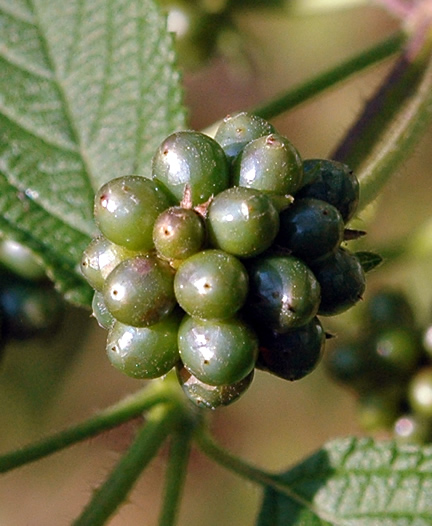
Tropicals > Lantana > Lantana camara > Lantana camara
Lantana camara
Spanish Flag, West Indian Lantana
Mike's
Opinion


"
This plant is considered an invasive species in most of the tropical world, it is naturalized on the African continent, and in the southern United States of America is considered a problematic species.
Michael Pascoe, NDP., ODH., CLT., MSc. (Plant Conservation)
"
| Family |
| Verbenaceae |
| Genus |
| Lantana |
| Species |
| camara |
| Category |
| Tropicals |
| Type |
| Shrub (evergreen) |
| Pronunciation |
| USDA Hardiness Zone |
| 9b-11 |
| Temperature (°C) |
| -4º to 5º |
| Temperature (°F) |
| 25º to 40º |
| Height |
| 2m |
| Spread |
| 2.5m |
Photographs
Description and Growing Information
Flowering Period
| Landscape |
| In warm winter zones, use lantana and its cultivars in mixed beds and borders. Lantana will add vibrant long-lasting colour to shrub groupings. This is a fast growing shrub that is quick to flower so gardeners in cold climates can enjoy this tropical plant as an annual. |
| Cultivation |
| Lantana is very easy to grow and will adapt to most soil types. It is not affected by pests or disease, and has low water requirements, it is also tolerant of extreme heat. Too much water and fertilizer will reduce bloom. |
| Growth |
| Fast |
| Habitat |
| Mexico, Central America, the Greater Antilles, the Bahamas, Colombia, and Venezuela. |
| Leaf Description |
| The leaves are 5-12 cm long by 2.5-5 cm wide, with rounded tooth edges and a textured surface. Stems and leaves are covered with rough hairs and emit an amonia-like aroma when crushed. |
| Flower Description |
| The small flowers are held in umbels that are typically 2.5-5 cm across. |
| Colour Description |
| Flower colour ranges from white to yellow, orange to red, pink to rose in unlimited combinations, in addition the flowers usually change in colour as the plant ages. |
| Propagation |
| By seed or cuttings taken in the summertime. Lantana hybrids and named selections are propagated by cuttings. |
